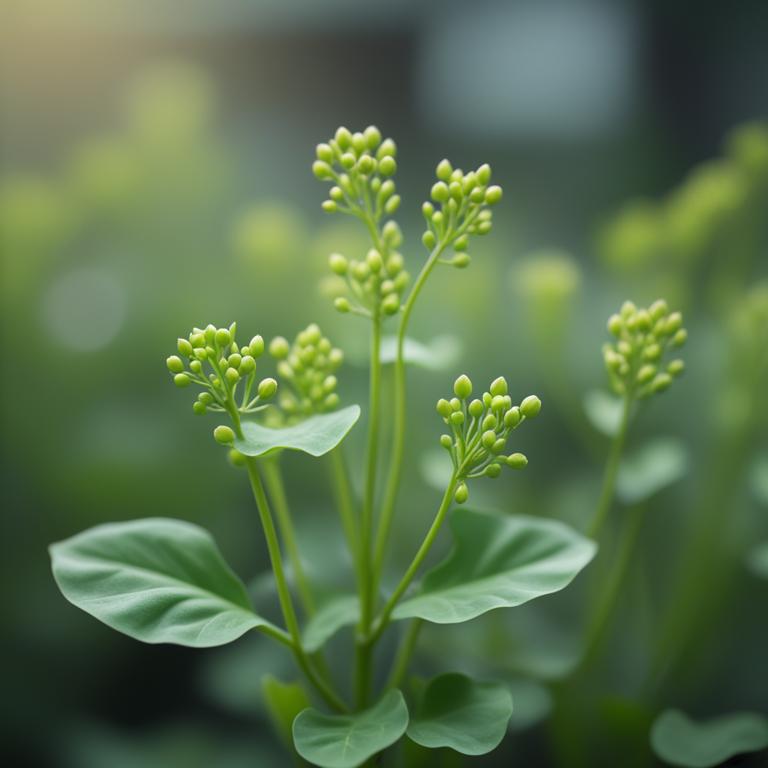9 Bupleurum Chinense Best Active Constituents

1. Saikosaponin A
Bupleurum chinense saikosaponin A is a triterpenoid saponin compound extracted from the roots of Bupleurum chinense, a traditional Chinese medicinal herb. Studies have shown that saikosaponin A has anti-inflammatory and immunomodulatory effects, which may contribute to its potential therapeutic applications. Additionally, saikosaponin A has been found to have antioxidant properties and may help protect against cell damage and oxidative stress.
2. Saikosaponin B
Bupleurum chinense saikosaponin B is a triterpenoid saponin compound found in the medicinal plant Bupleurum chinense, which has been traditionally used in Chinese medicine for its anti-inflammatory and antiviral properties. Studies have shown that saikosaponin B exhibits immunomodulatory effects, including the ability to regulate the production of pro-inflammatory cytokines and enhance the activity of natural killer cells. Additionally, saikosaponin B has been found to have potential anti-cancer properties, inhibiting the growth of various types of cancer cells.
3. Saikosaponin C
Bupleurum chinense saikosaponin C has been found to possess anti-inflammatory properties, which may contribute to its traditional use in treating various inflammatory conditions. Research suggests that saikosaponin C may also have immunomodulatory effects, influencing the body's immune response. Further studies are needed to fully understand the mechanisms and potential therapeutic applications of saikosaponin C.
4. Saikosaponin D
Bupleurum chinense saikosaponin D is a triterpenoid saponin compound, which has been found to possess various pharmacological properties. Research has shown that saikosaponin D can exhibit anti-inflammatory, anti-viral, and anti-cancer activities, making it a potential candidate for the treatment of certain diseases. Additionally, saikosaponin D has also been reported to have neuroprotective effects, suggesting its potential use in the management of neurodegenerative disorders.
5. Saikosaponin E
Bupleurum chinense saikosaponin e is a triterpenoid saponin with reported anti-inflammatory properties. It has been shown to inhibit the production of pro-inflammatory cytokines, suggesting its potential therapeutic applications in treating conditions such as arthritis and autoimmune diseases. Research on saikosaponin e is ongoing to further elucidate its mechanisms of action and potential benefits for human health.
6. Flavonoids
Bupleurum chinense flavonoids have been reported to exhibit anti-inflammatory, antiviral, and antioxidant properties, which contribute to their potential health benefits. They may also play a role in modulating the immune system and reducing oxidative stress. Additionally, flavonoids from Bupleurum chinense have been studied for their potential in treating various diseases, including hepatitis and cancer.
7. Tannins
Bupleurum chinense tannins, a class of polyphenolic compounds, have been found to exhibit anti-inflammatory and antioxidant properties, which can contribute to their potential therapeutic benefits. These tannins have been studied for their ability to modulate the immune system and reduce inflammation in various diseases. Additionally, they may have protective effects against oxidative stress and cell damage, making them a promising area of research in traditional Chinese medicine.
8. Coumarins
Bupleurum chinense coumarins have been found to possess anti-inflammatory properties, which can help to reduce swelling and alleviate pain in the body. These compounds have been studied for their potential in treating various conditions, including arthritis and other inflammatory diseases. Research on coumarins has also suggested their ability to modulate the immune system and exhibit antioxidant activities.
9. Volatile Oils
Bupleurum chinense volatile oils, which have been identified as the primary active constituents in the medicinal plant, contain a complex mixture of sesquiterpenes and monoterpenes that contribute to its therapeutic properties. These volatile oils are known to possess anti-inflammatory, antioxidant, and antiviral activities, making them a valuable component in traditional medicine. The unique composition of Bupleurum chinense volatile oils allows for its use in a variety of applications, including the treatment of fever, digestive issues, and respiratory problems.